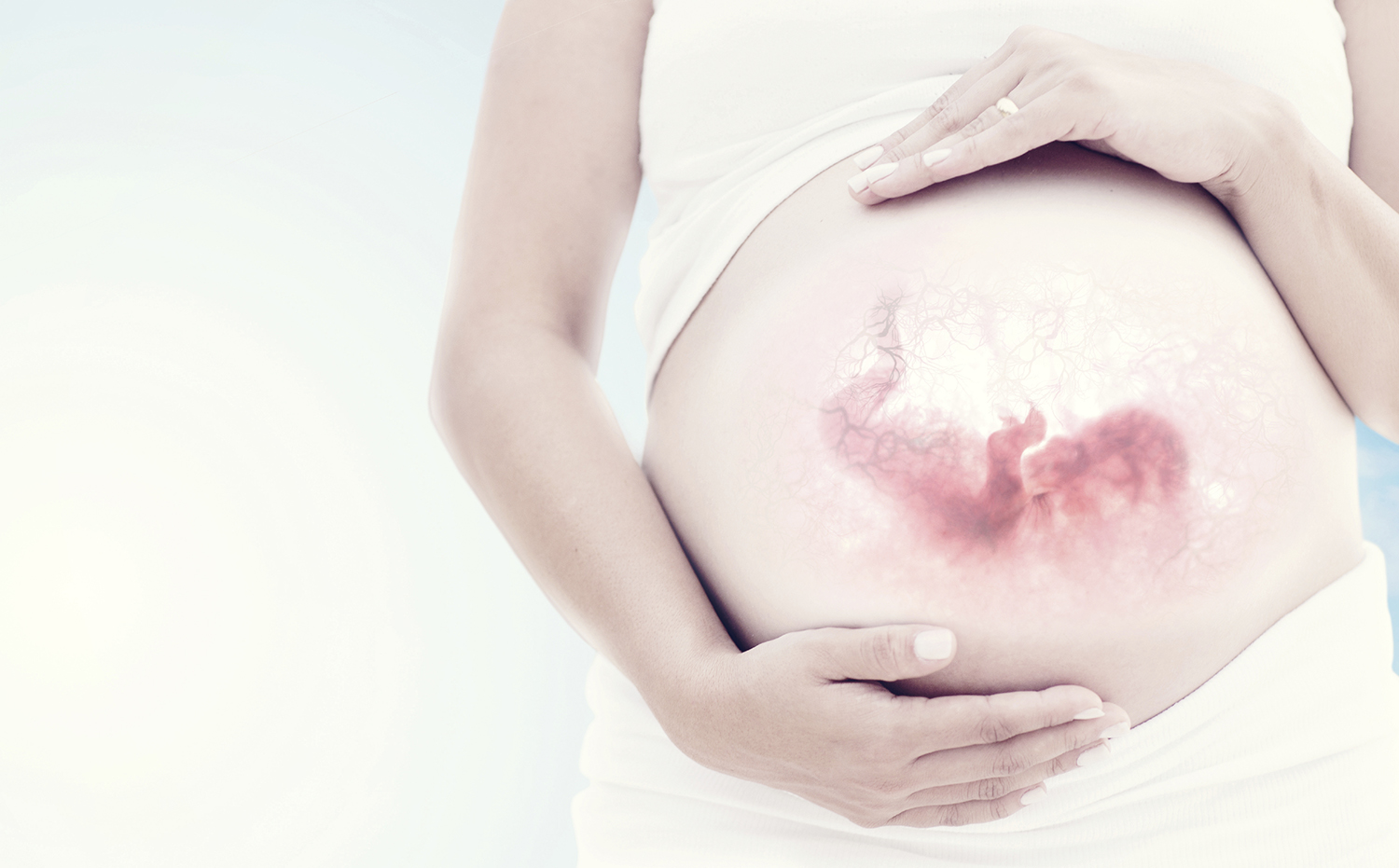A Woman With Cervical Defects Wishes to Conceive

A 34-year-old woman who had previously undergone loop electrosurgical excision procedures (LEEPs) as a result of abnormal findings on a Papanicolaou test wanted to become pregnant. After 2 years of having difficulty conceiving, she decided to visit a specialist, who explained that the LEEPs had so severely deformed her cervix that she would be unable to become pregnant or carry a pregnancy to term.
The woman wanted a second opinion, so she consulted a reproductive endocrinology specialist at Duke Health.
Question: What combination of surgeries did the patient undergo to address the cervical defects and allow her to become pregnant and carry the pregnancy to term?
The patient consulted Haywood Brown, MD, chair of Duke Obstetrics & Gynecology, because he specializes in high-risk pregnancy. Brown teamed with William Hurd, MD, director of the Division of Reproductive Endocrinology and Infertility, to develop a plan.
“We planned to perform transabdominal cerclage to support the cervix once she conceived,” explains Brown, “but it would be impossible for her to become pregnant if Hurd didn’t perform surgery to open up the cervix first.”
To dilate the cervix, Hurd performed a combination of laparoscopy and cervical dilation. Hurd removed the catheter 1 week after surgery, and the patient returned to Duke weekly for gentle cervical dilation.
After 1 month, she underwent intrauterine insemination with her husband’s sperm. “We were all overjoyed when we saw fetal heart activity 3 weeks later!” exclaims Hurd.
At the end of her first trimester, which is when the risk of spontaneous abortion is minimized, Brown performed transabdominal cerclage.
The procedure, which involves placing a stitch around the cervix, inhibits cervical dilation, thereby preventing a preterm birth.
Another benefit of transabdominal cerclage, notes Brown, is that women can continue their daily activities, confident that the procedure will hold. “In fact,” Brown says, “this patient was doing so well, I had to encourage her to slow down in the last few weeks of her pregnancy.”
After 39 weeks, the patient gave birth by cesarean delivery to a healthy, 9-pound male infant.
Brown left the stitch in place so she would not require additional surgery should she decide to have another child.
Brown credits the patient’s successful outcome to the combined expertise of infertility and maternal-fetal medicine specialists and their close consultation with the patient and her husband.
“We’ve had some complicated high-risk pregnancies,” says Hurd, adding that “it really took great determination on her part.”